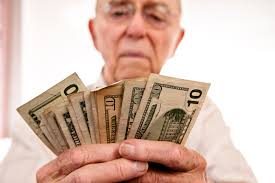Barbara May Cameron

Barbara May Cameron
Barbara May Cameron
Early life and education Barbara May Cameron was born into a family that valued education and activism. From a young age, she was exposed to discussions on social justice, which shaped her future endeavors.
Activism and advocacyCameron
became known for her passionate advocacy for the rights of indigenous people and the LGBTQ+ community. Her work often intersected these two identities, highlighting the unique challenges faced by LGBTQ+ indigenous individuals.
Legacy and ImpactBarbara May Cameron
left an indelible mark on the communities she served. Her efforts not only brought attention to critical issues but also paved the way for future generations of activists.
Remembering BarbaraCameron’s legacy is celebrated through various memorials and annual events that
continue to inspire activists around
the world.Barbara May Cameron was born on May 22, 1954, in Fort Yates, North Dakota. As a member of the Hunkpapa Lakota, part of the Standing Rock Sioux Tribe, she grew up immersed in her Native American heritage. This early connection to her roots would later become a cornerstone of her activism
and creative work.
In 1975, Barbara co-founded the Gay American Indians (GAI) with Randy Burns, marking the beginning of a lifelong commitment to human rights advocacy. Her work primarily focused on lesbian and gay rights, women’s rights, and Native American rights. She was particularly known for her efforts to combat racism within LGB groups and to foster acceptance for LGB individuals within Native American
communities.
Barbara’s talents extended beyond activism into the realms of photography, poetry, and writing. Her artistic contributions were significant, with her work appearing in various publications. One of her notable contributions was to “This Bridge Called My Back,” a feminist anthology that highlighted the intersectionality of race, gender, and sexuality.
Sadly,
Barbara May Cameron passed away. away on February 12, 2002. However, her legacy lives on through the many lives she touched and the progress she spurred in human rights. Today, she is remembered not only as an activist but also as a creative force who used her voice and art to advocate for change and understanding.






